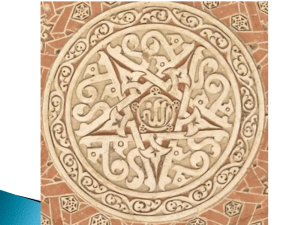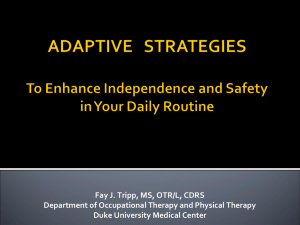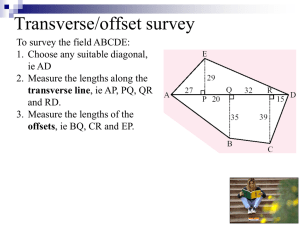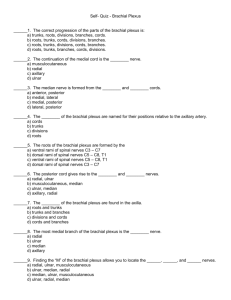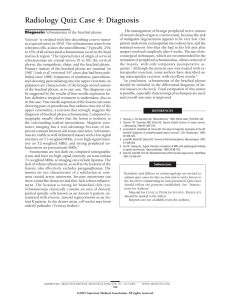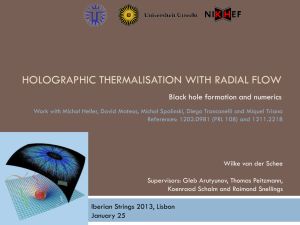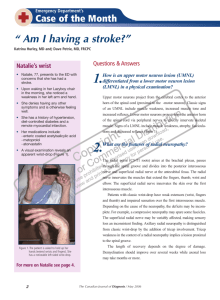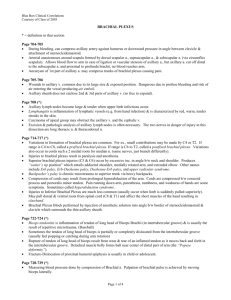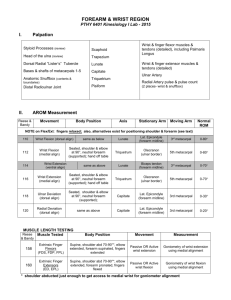Nerve Lesions
advertisement
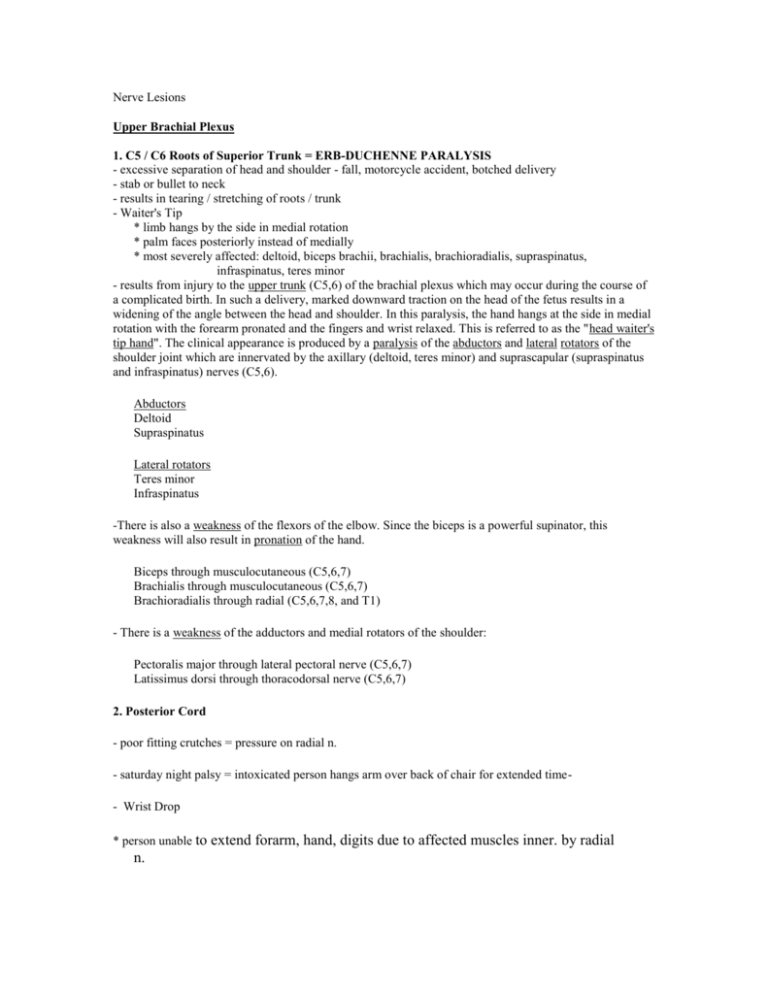
Nerve Lesions Upper Brachial Plexus 1. C5 / C6 Roots of Superior Trunk = ERB-DUCHENNE PARALYSIS - excessive separation of head and shoulder - fall, motorcycle accident, botched delivery - stab or bullet to neck - results in tearing / stretching of roots / trunk - Waiter's Tip * limb hangs by the side in medial rotation * palm faces posteriorly instead of medially * most severely affected: deltoid, biceps brachii, brachialis, brachioradialis, supraspinatus, infraspinatus, teres minor - results from injury to the upper trunk (C5,6) of the brachial plexus which may occur during the course of a complicated birth. In such a delivery, marked downward traction on the head of the fetus results in a widening of the angle between the head and shoulder. In this paralysis, the hand hangs at the side in medial rotation with the forearm pronated and the fingers and wrist relaxed. This is referred to as the "head waiter's tip hand". The clinical appearance is produced by a paralysis of the abductors and lateral rotators of the shoulder joint which are innervated by the axillary (deltoid, teres minor) and suprascapular (supraspinatus and infraspinatus) nerves (C5,6). Abductors Deltoid Supraspinatus Lateral rotators Teres minor Infraspinatus -There is also a weakness of the flexors of the elbow. Since the biceps is a powerful supinator, this weakness will also result in pronation of the hand. Biceps through musculocutaneous (C5,6,7) Brachialis through musculocutaneous (C5,6,7) Brachioradialis through radial (C5,6,7,8, and T1) - There is a weakness of the adductors and medial rotators of the shoulder: Pectoralis major through lateral pectoral nerve (C5,6,7) Latissimus dorsi through thoracodorsal nerve (C5,6,7) 2. Posterior Cord - poor fitting crutches = pressure on radial n. - saturday night palsy = intoxicated person hangs arm over back of chair for extended time- Wrist Drop * person unable to n. extend forarm, hand, digits due to affected muscles inner. by radial 3. Lower Brachial Plexus - sudden upward pulling of upper limb (break a fall, babies limb pulled excessively) - cervical rib or pulmonary carcinoma - inferior trunk of brachial plexus > Ulnar n. (C8, T1) - see Claw Hand exp. - KLUMPKE PARALYSIS. This results from injury to the lower trunk of the brachial plexus and may result from upward traction on the shoulder. It may be sustained in falling from a high place and seizing something to break the fall, or it may occur in a breech birth when the arms are carried over the head. The first thoracic spinal nerve is the one usually involved, but the whole lower trunk (C8, T1) may be torn. There is weakening of the extensors of the elbow, wrist and fingers due to the C8, T1 contribution to the radial nerve. There is a paralysis of the intrinsic muscles of the hand due to loss of the deep branch of the ulnar nerve (T1). Paralysis of the interosseous muscles and the flexors of the fingers results in a "claw hand." 4. Long Thoracic N = "Winged Scapula" - axillary trauma - patient can't hold scapula against thorax wall when asked to push against wall - cannot fully aBduct upper limb b/c scapula can't be rotated 5. Musculocutaneous N. -injury in axilla - weakness of upper limb flexion - severe weakness of forearm flexion - weakness when supinating forearm from partially flexed position (biceps brachii) 6. Radial N. - fractured Humerous in radial groove - frac. Humerous in radial groove - little loss of forearm extension - wrist drop 7. Radial N. - at neck of radius ( Deep Radial n. ) - wrist drop not as severe - ECR Longus and Brevis are spared - still loss of digital extension of prox. phalages and thumb 8. Median N. - injury in axilla - loss of forearm pronation, diminished hand and digital flexion - wasting of thenar eminence - loss of palmar senation and loss of sweating on lateral palm 9. Median N. - injury at wrist / Carpal Tunnel Syn. - wasting away of thenar eminence - loss of sensation 10. Ulnar N. - injury in axilla, arm or medial epicond. fracture - severe motor and sensory loss to the hand - Claw Hand * imbalance of flex / ext. which occurs at MP and IP joints * unable to aBduct or aDduct digits 2-5 (loss to interossei) * hyperextended MP joints of digits 4 & 5 and somewhat flexed IP joints (loss of lumbricals 4-5) * will not be able to make a fist = b/c FDP to digit 4-5 is affected
